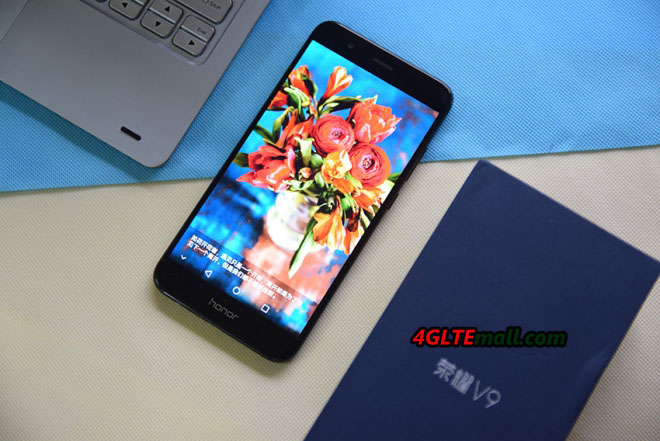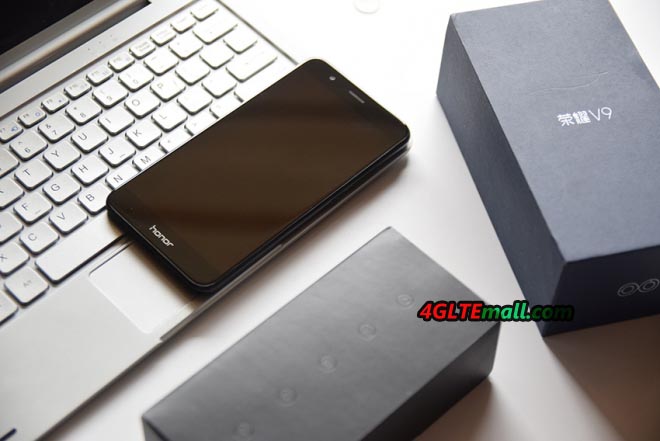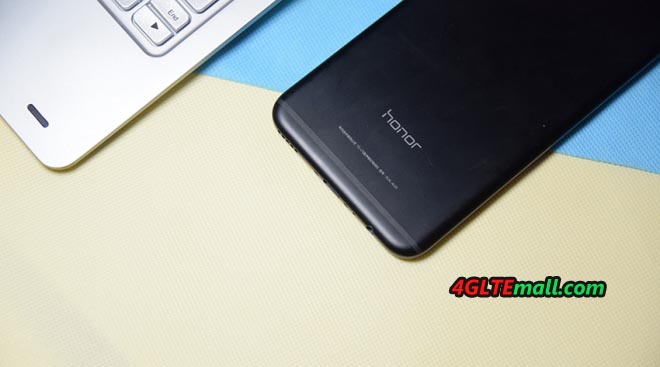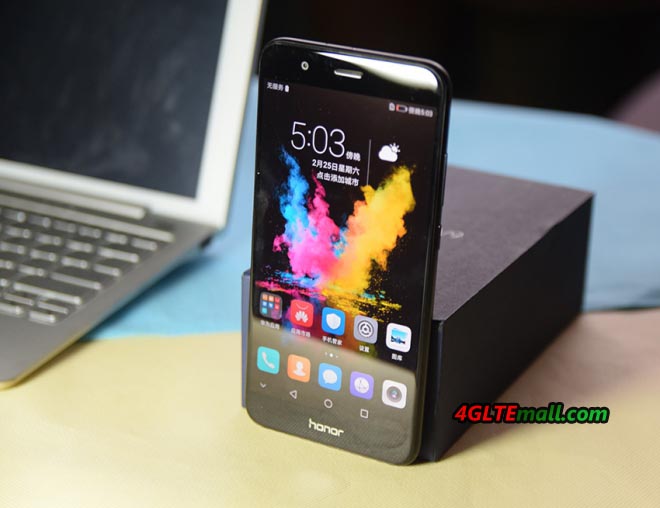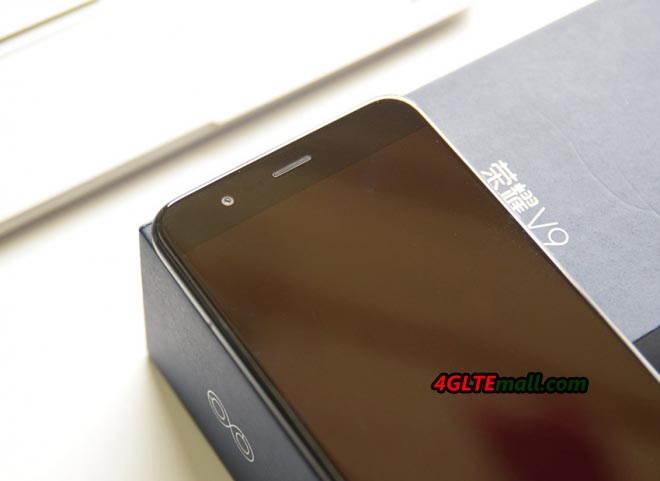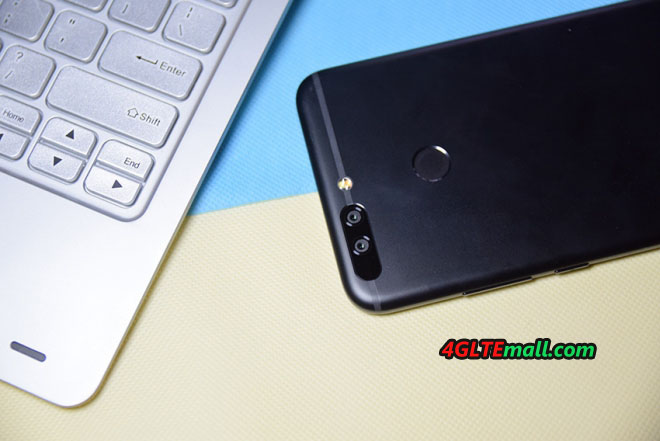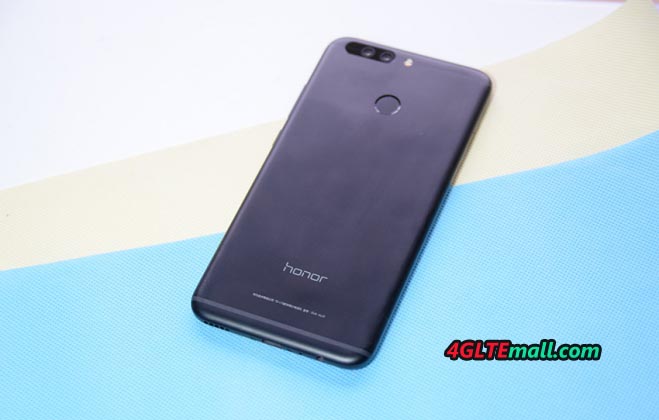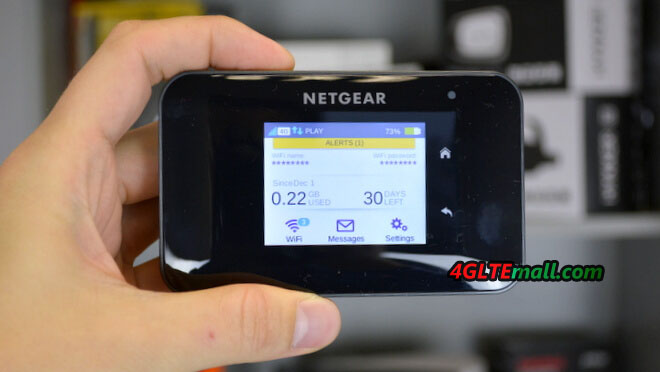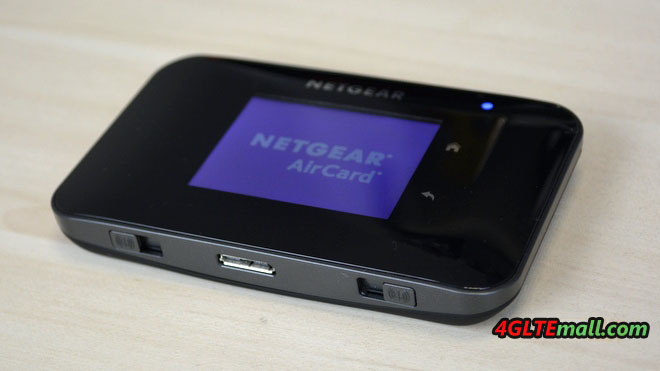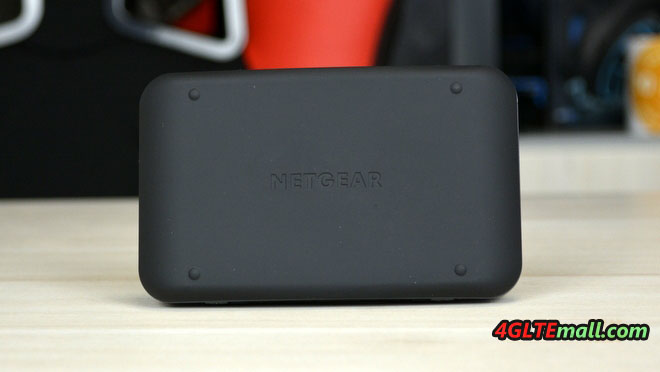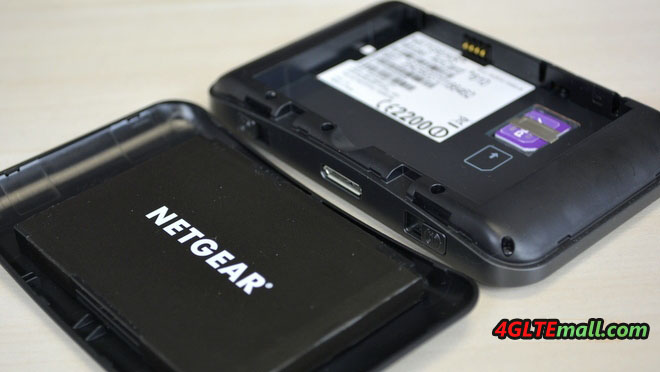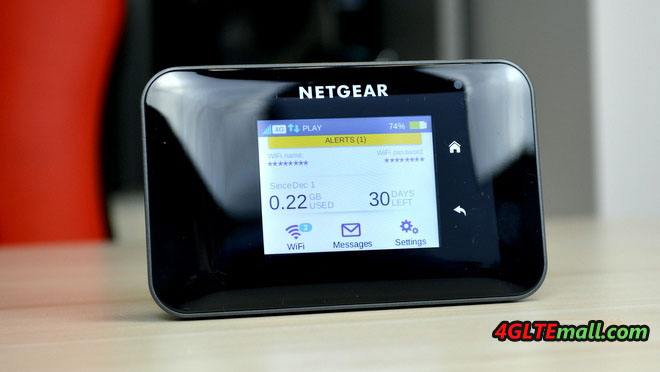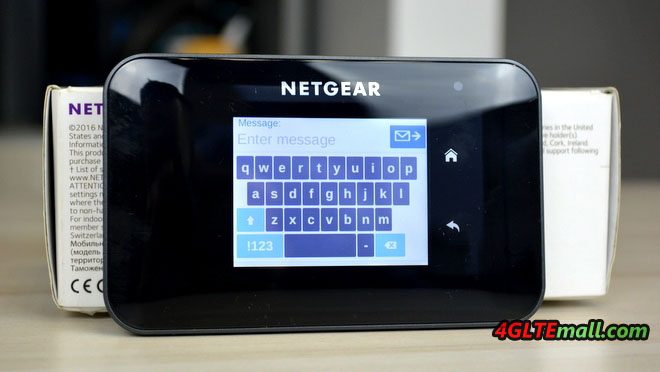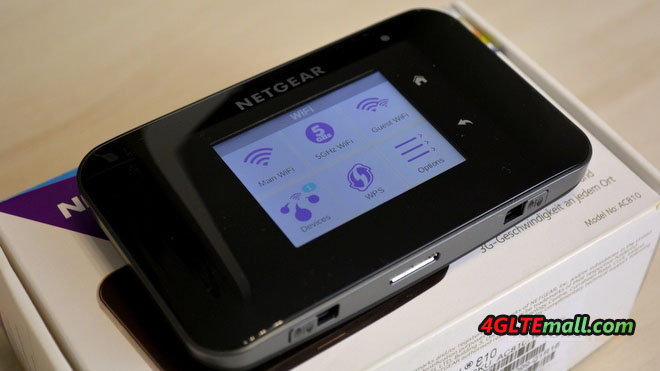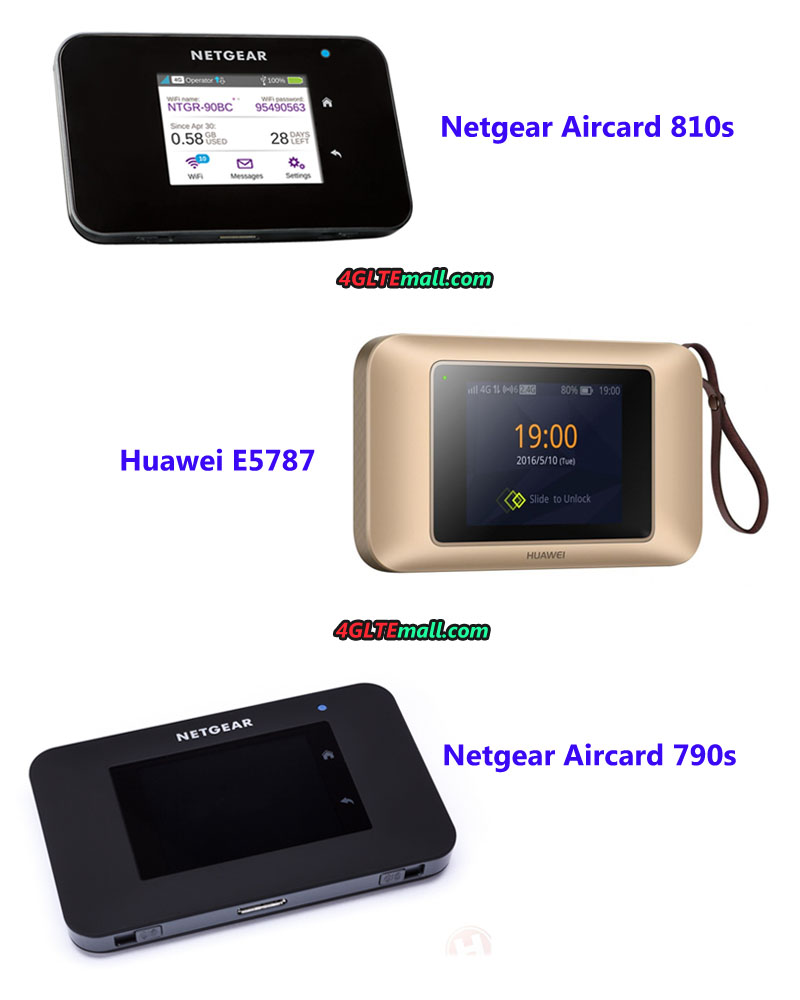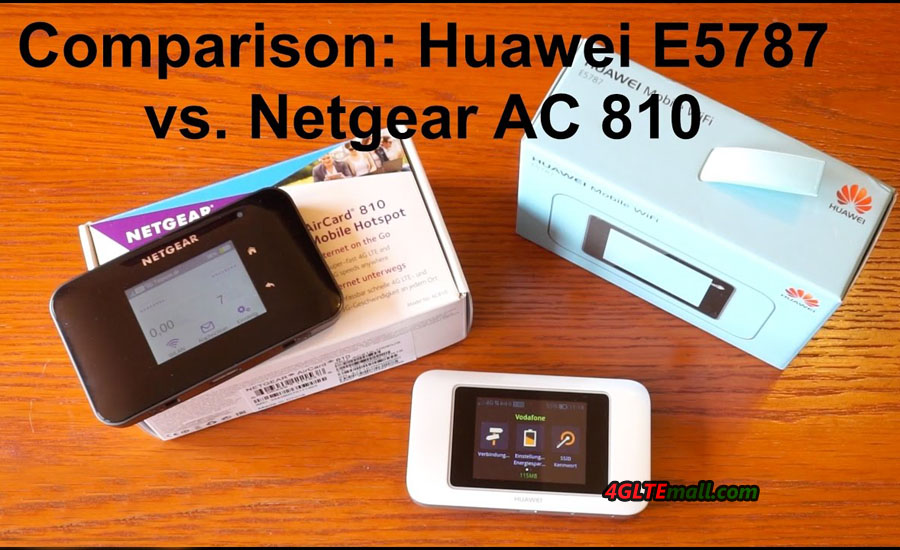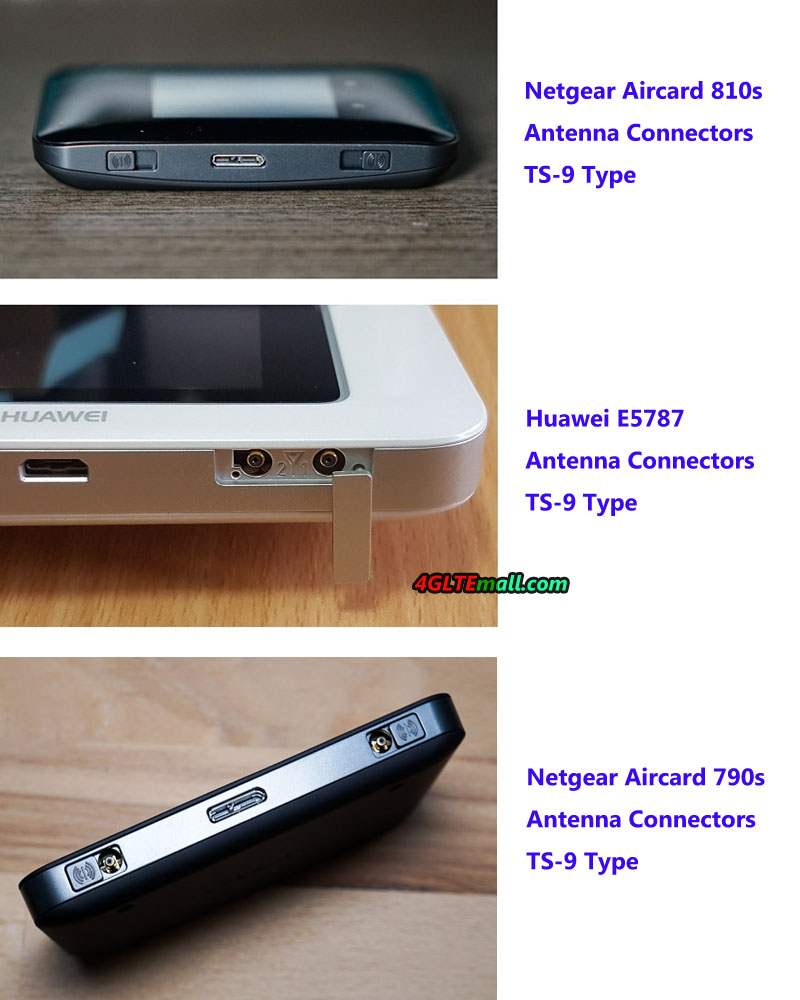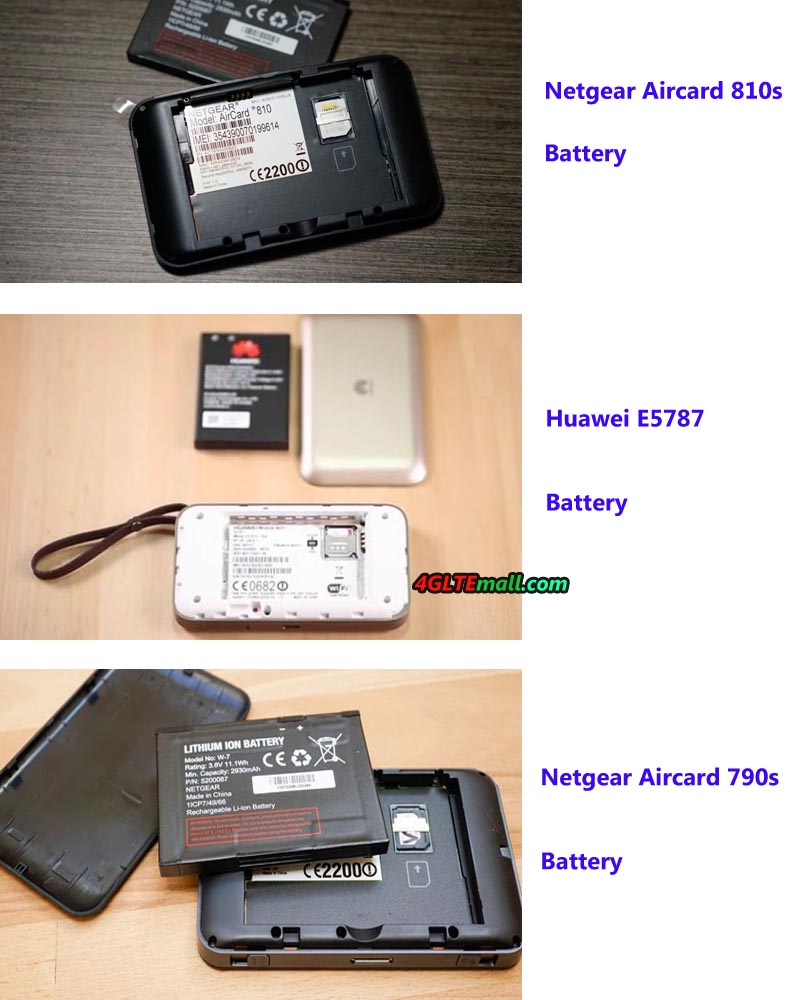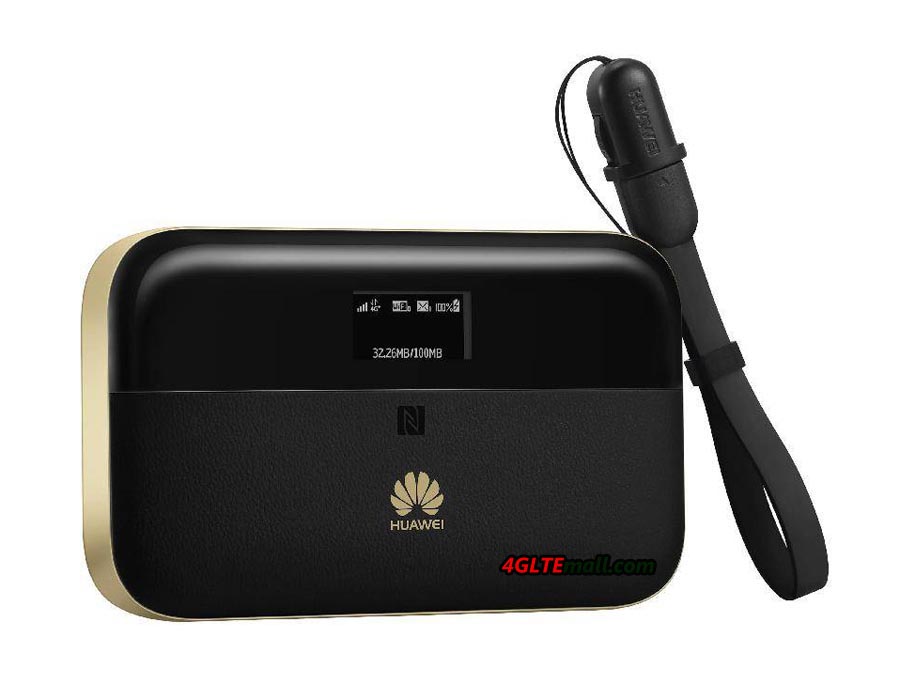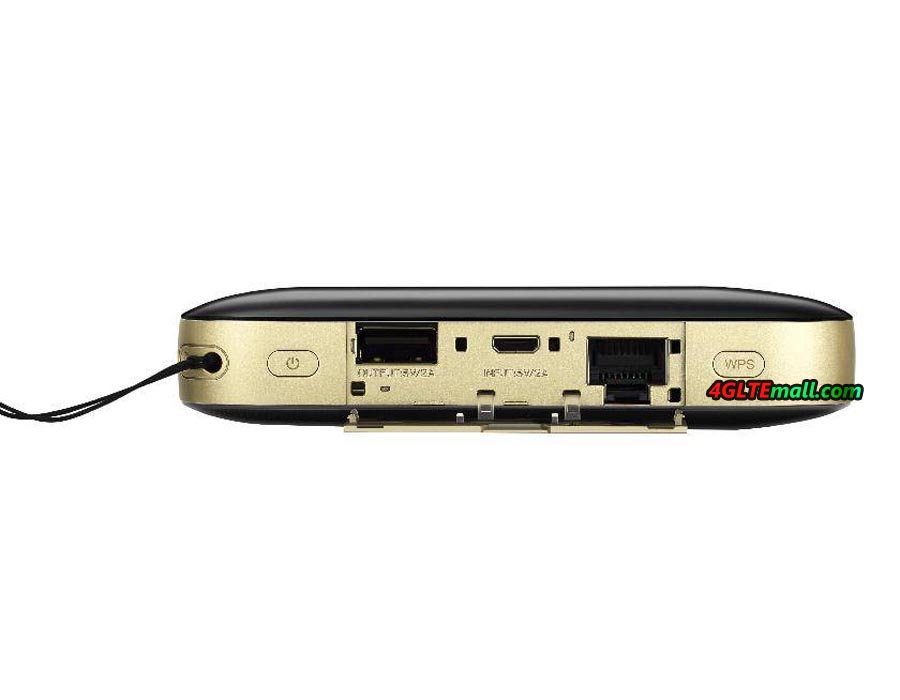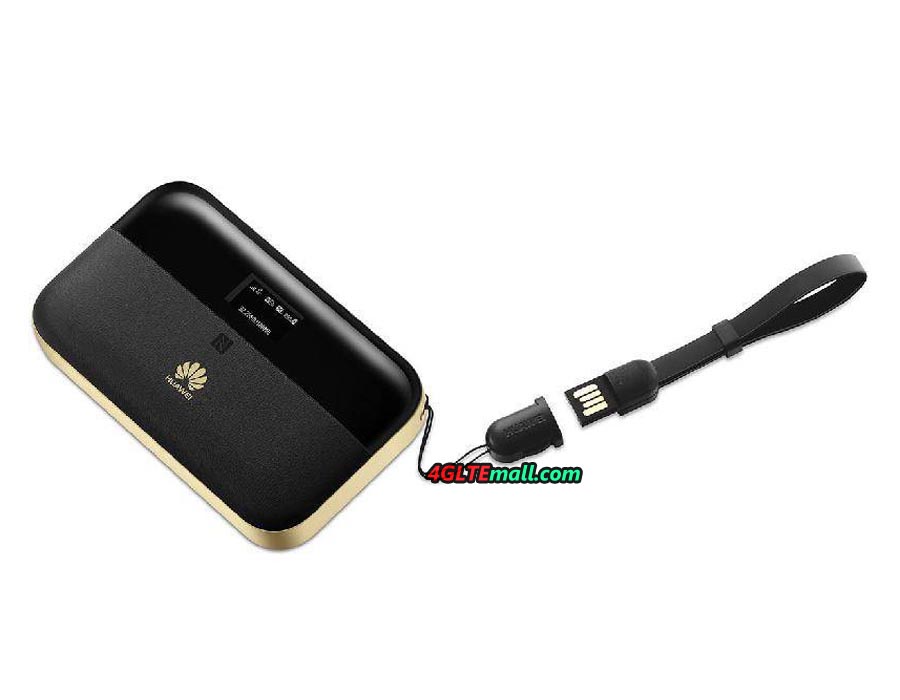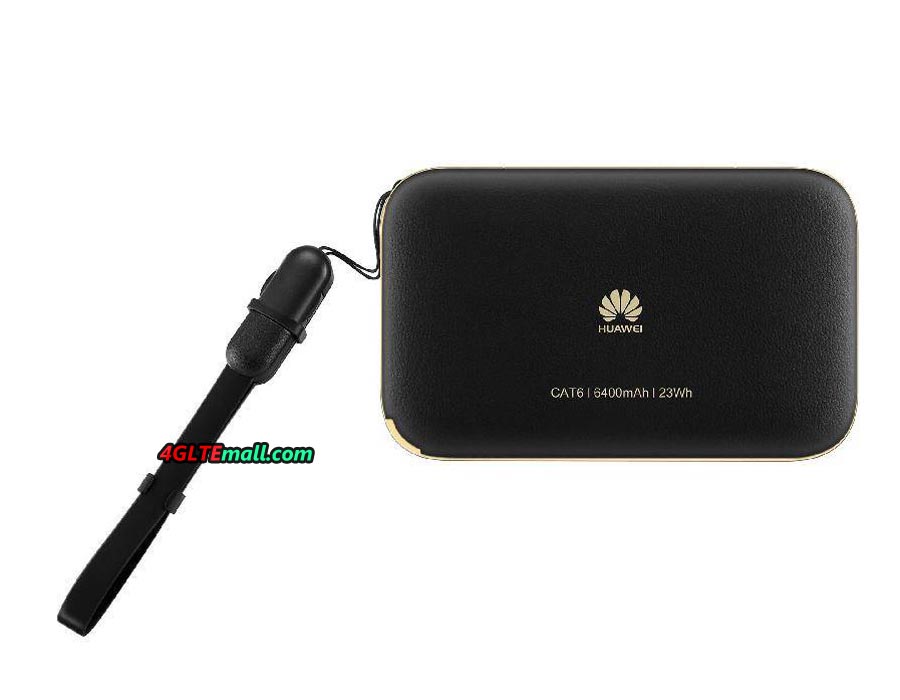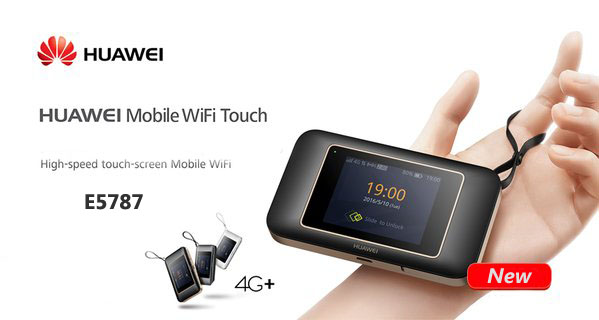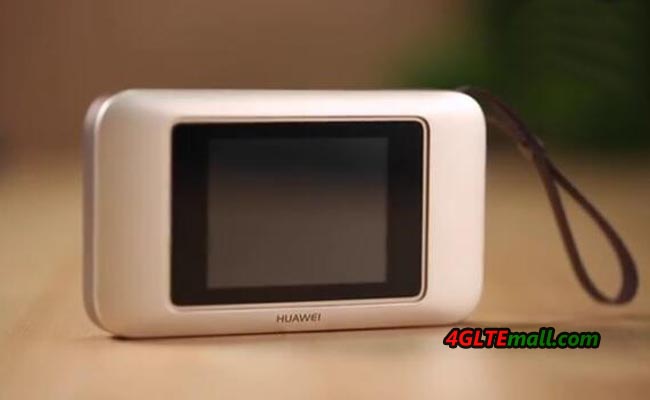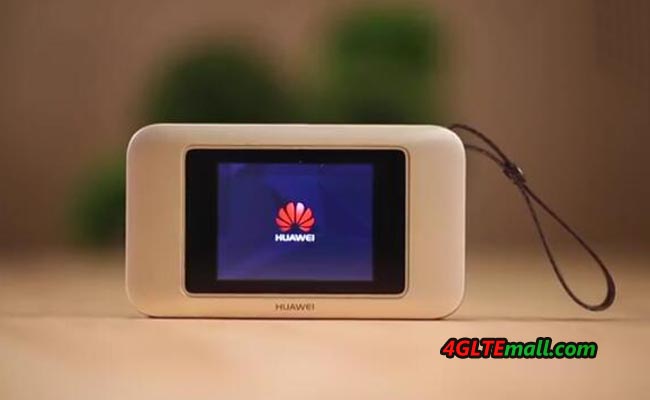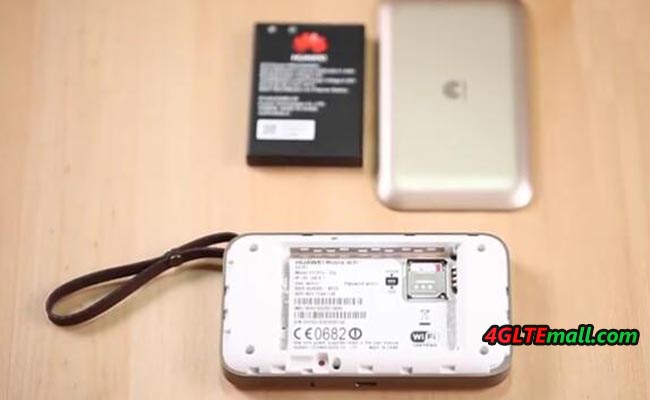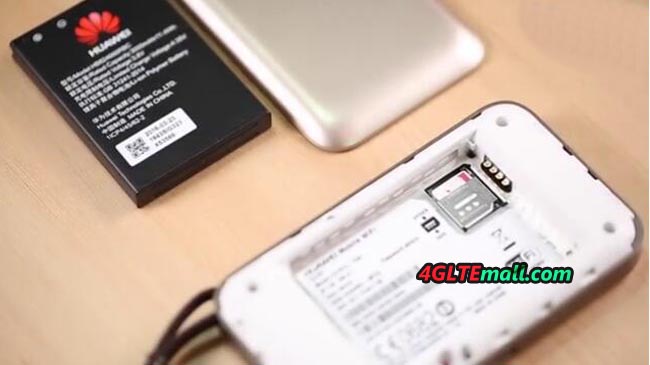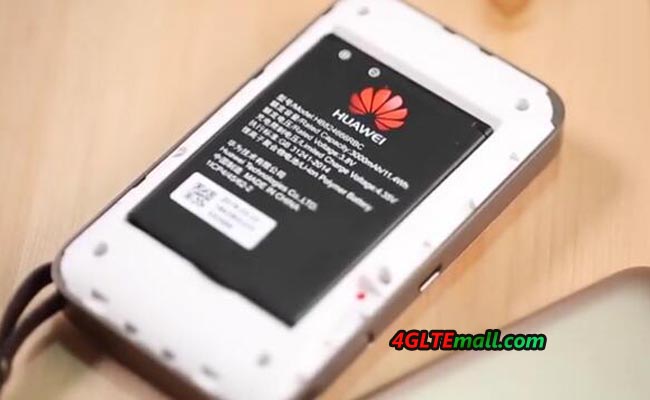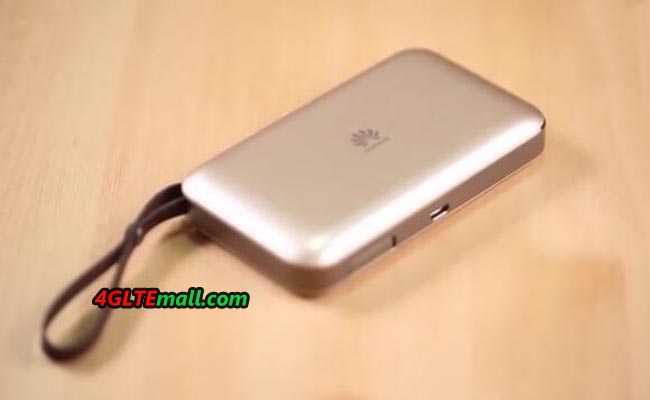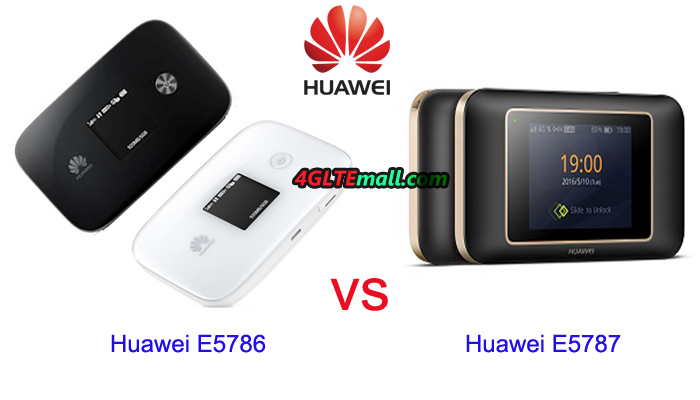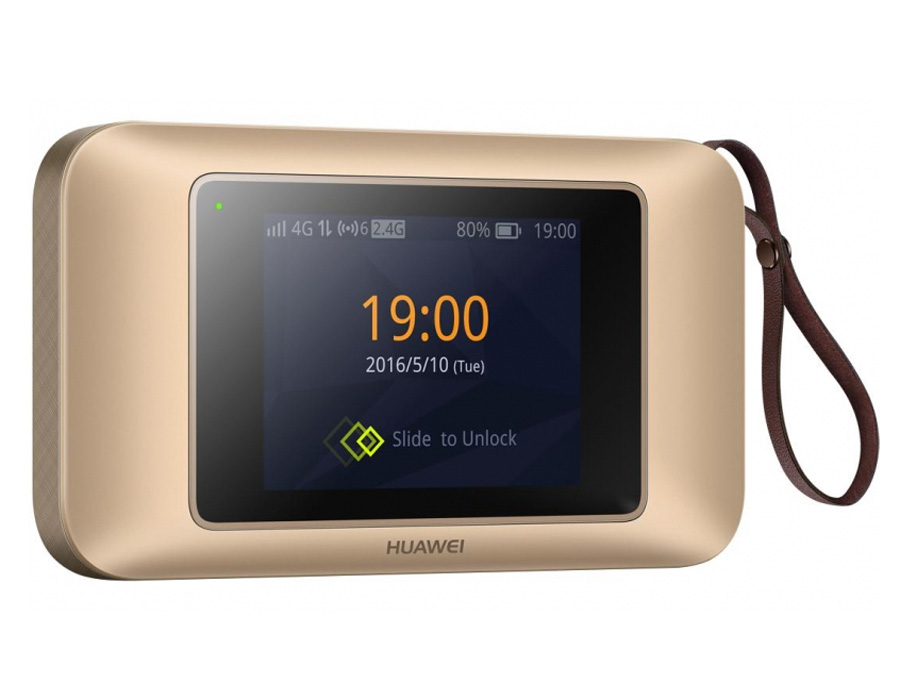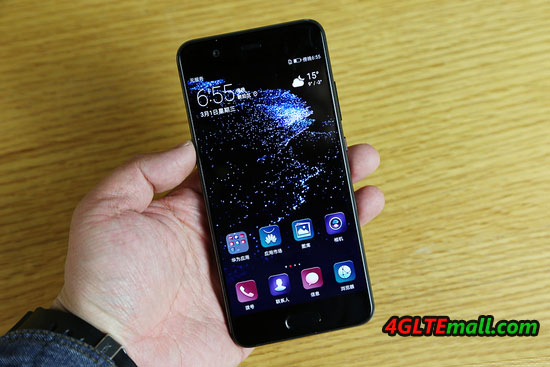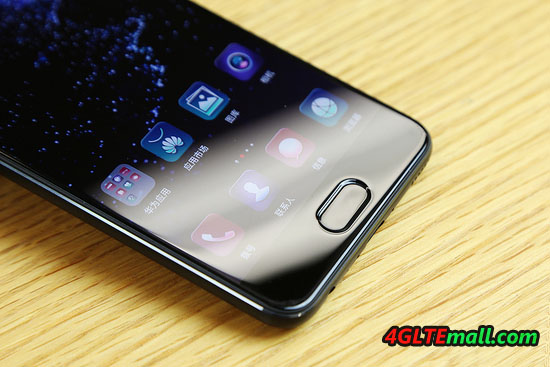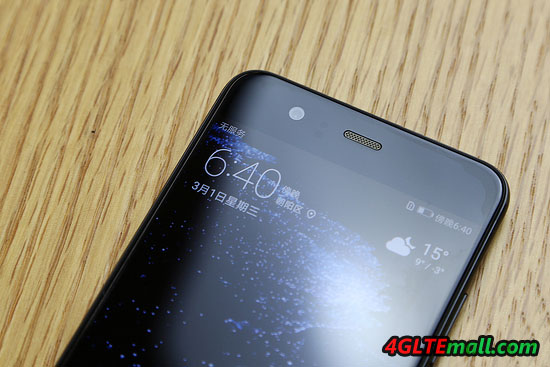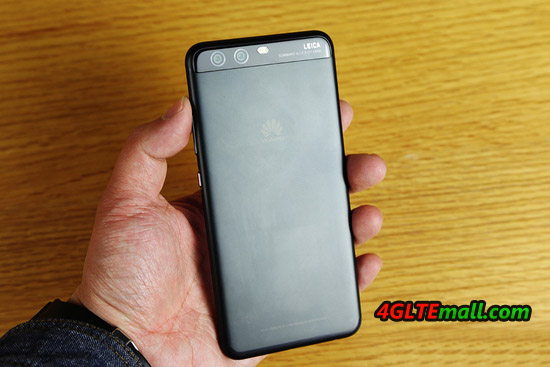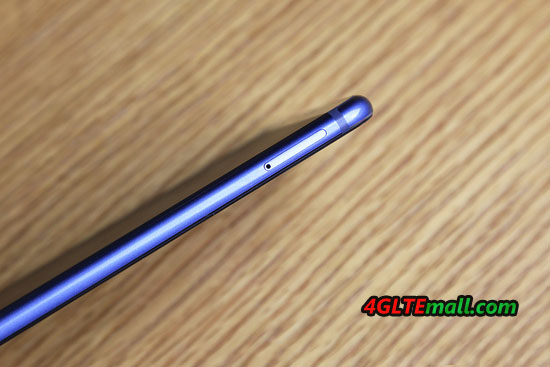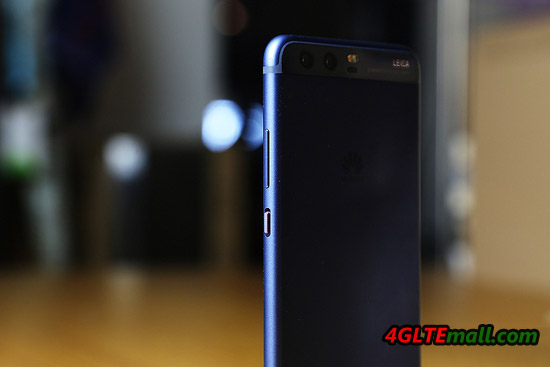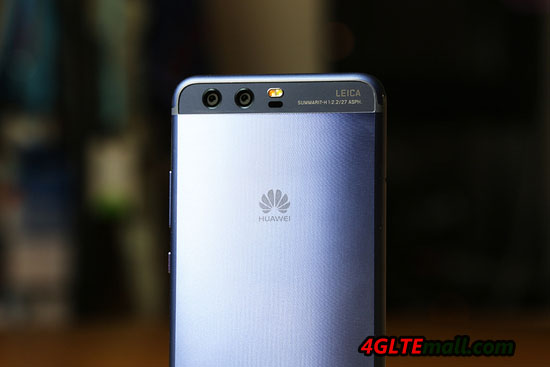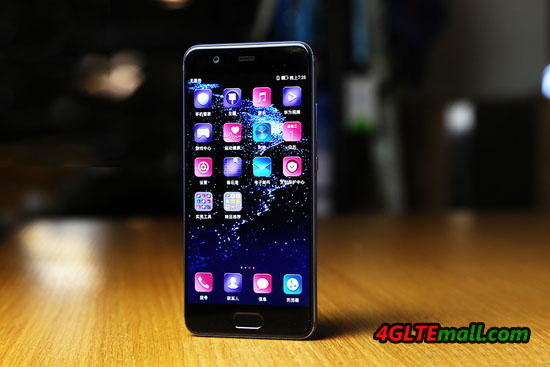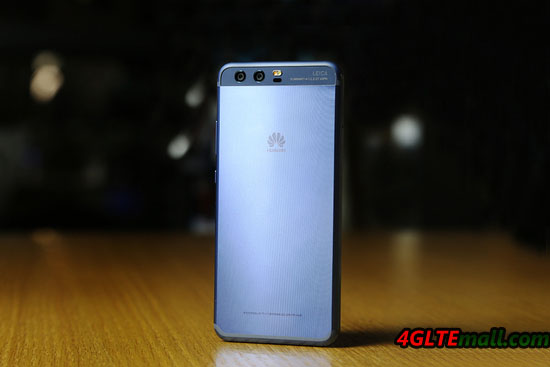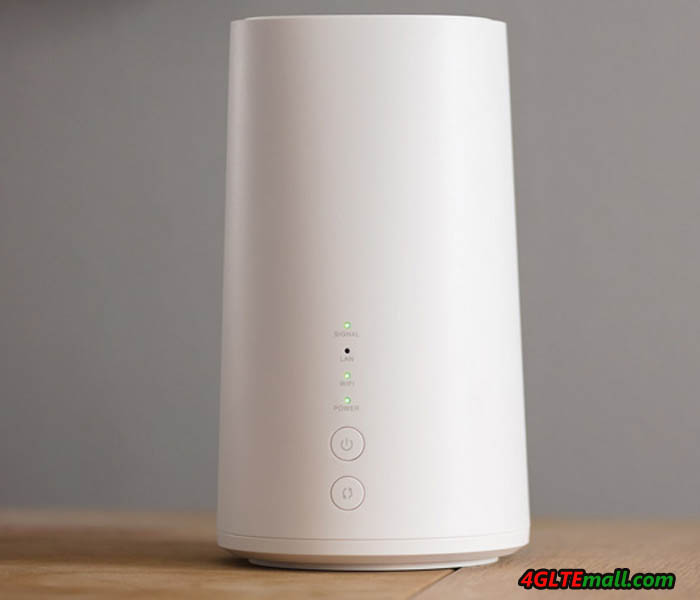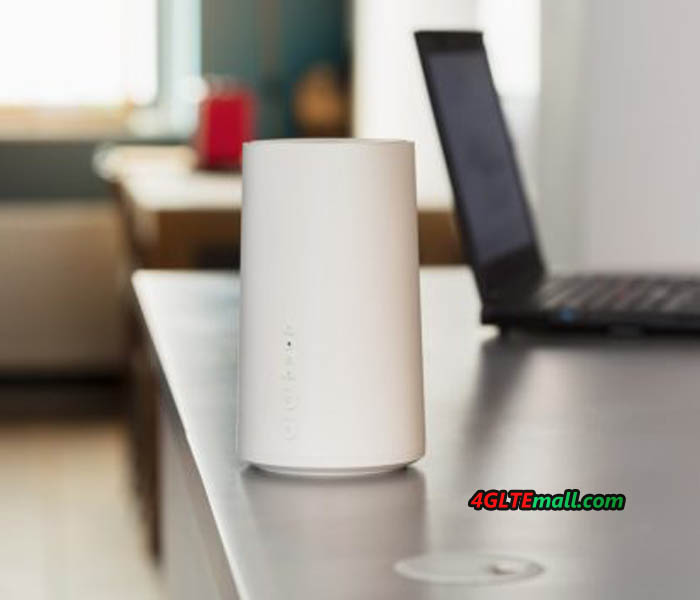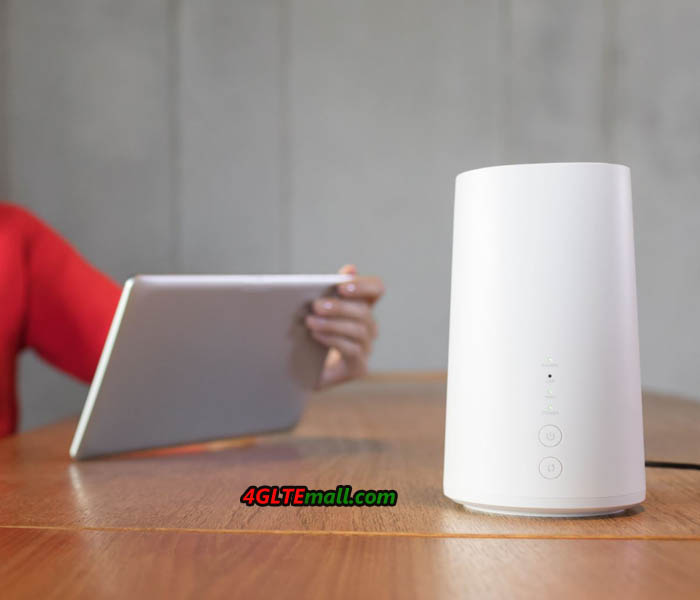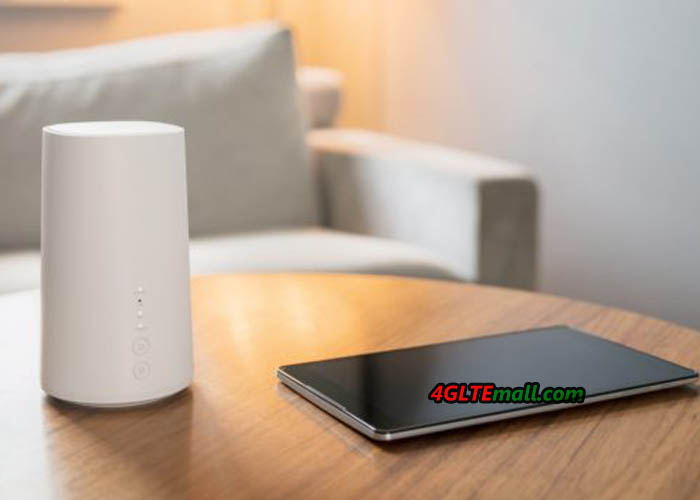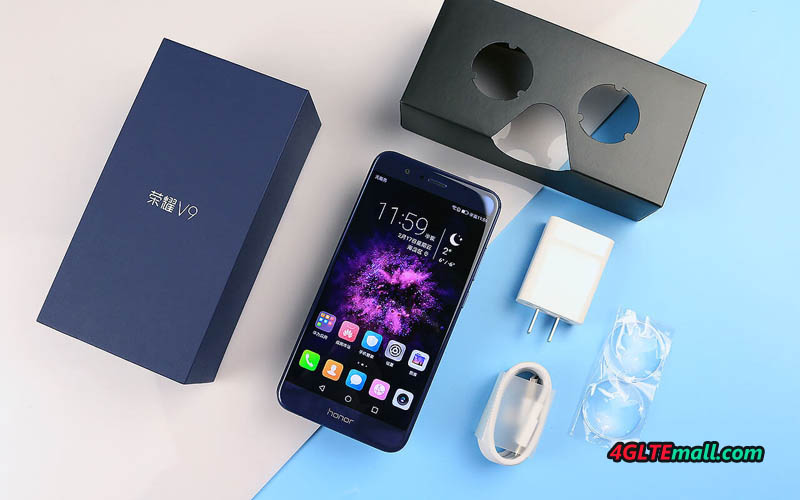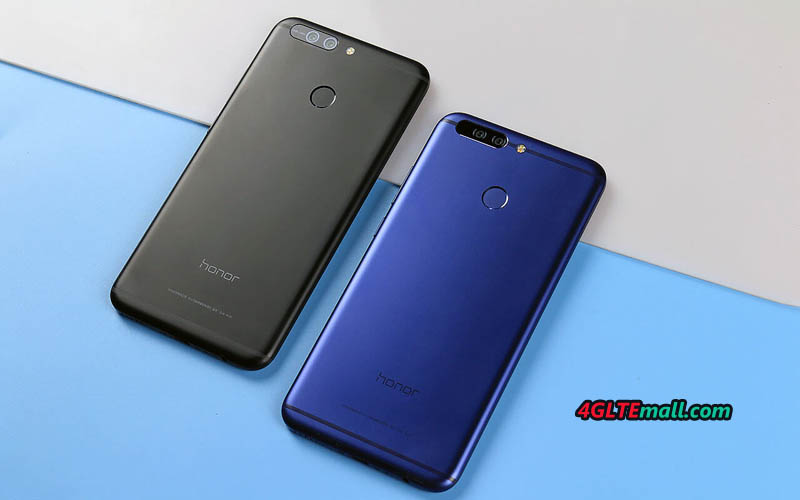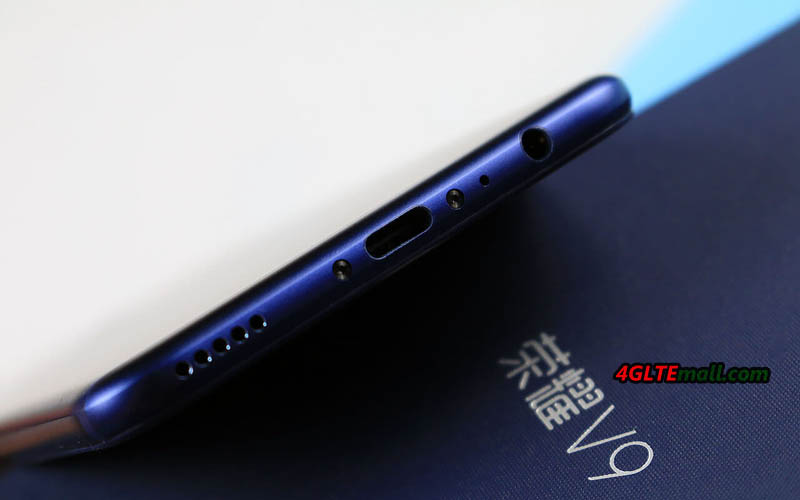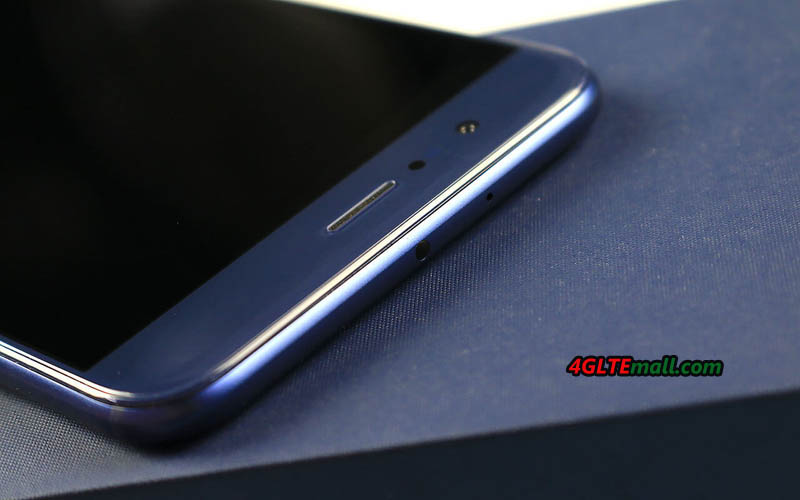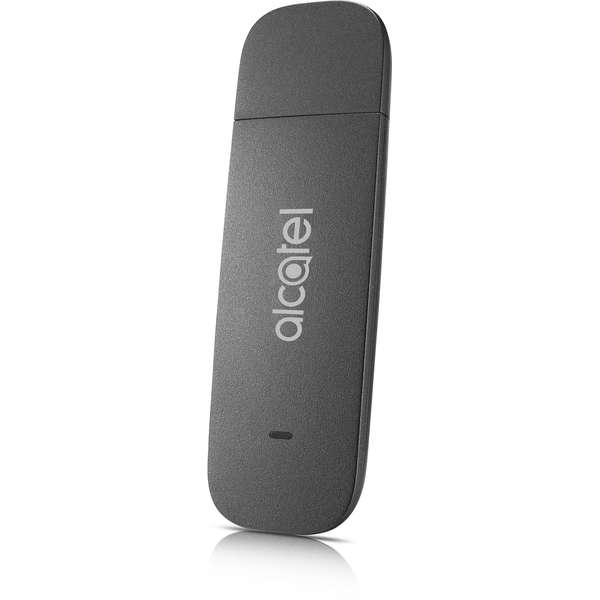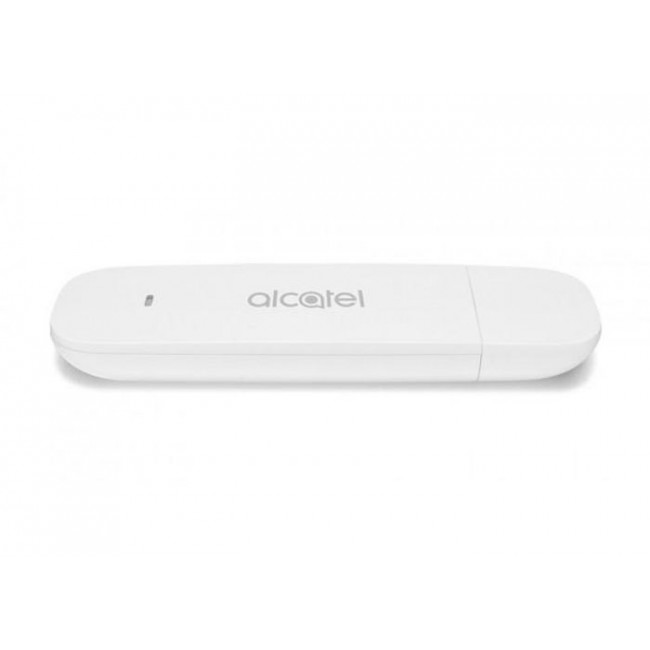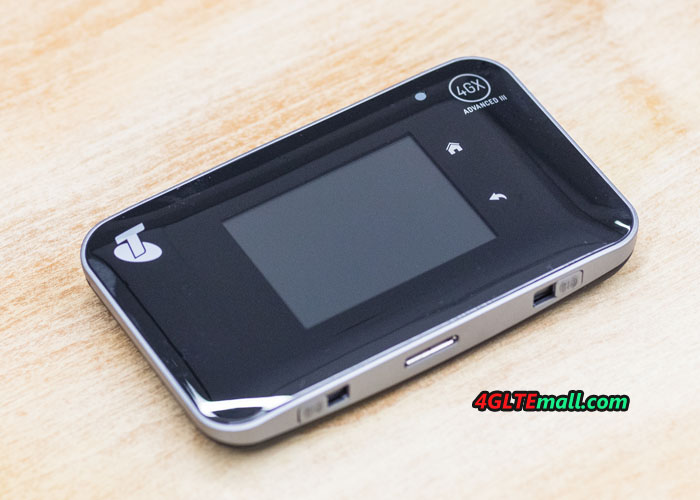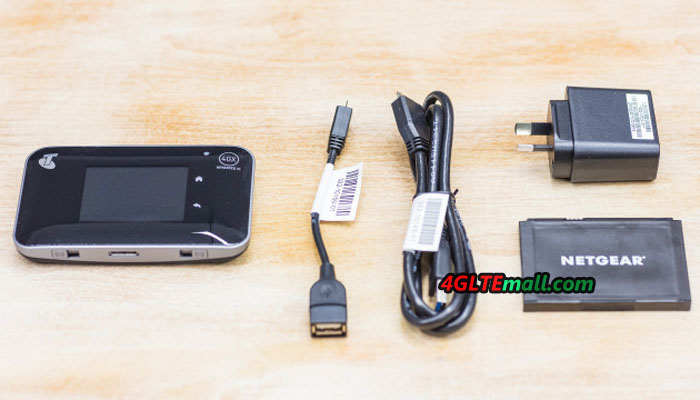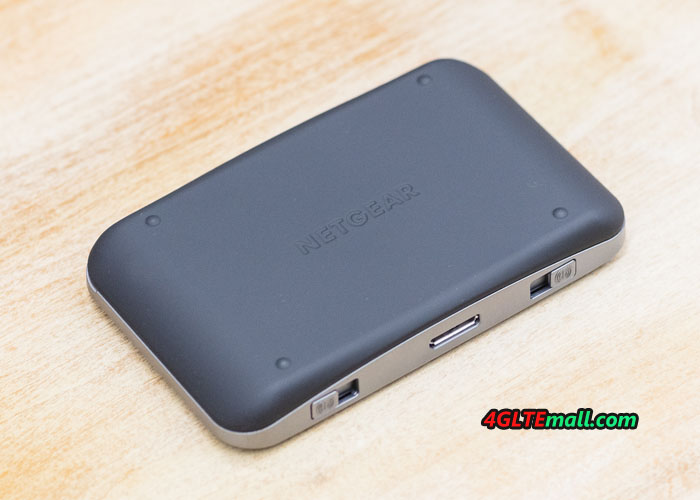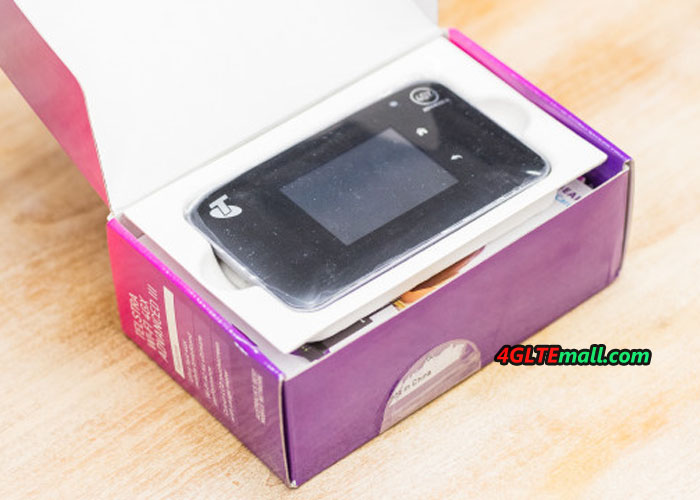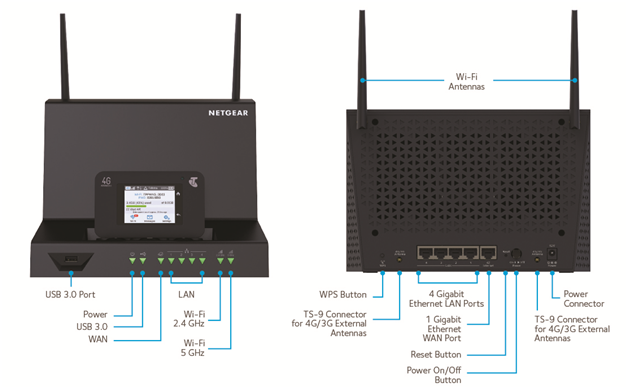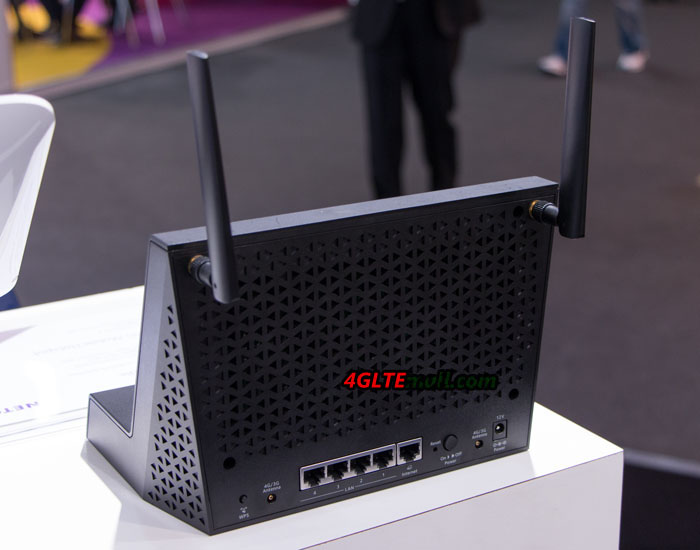The Honor V9 is the top Smartphone in the Honor brand, which was launched at a higher price than current models on the market. With the Honor V9, you would find the specifications are improved significantly. The device comes with Quad HD display, dual camera and HiSilicon Kirin 960 processor and comes with a super flat metal boy. Whether the surcharge to the “normal” Honor 8 is worthwhile and where are the strengths and weaknesses, should be described in this experience report.
Elegant Appearance
The Honor V9 is huge, yet elegant and beautiful to look at. The entire body is made of metal; the front is covered by glass with a rounded edge (2.5D glass). With only 6.97 millimeters, the device is quite flat, the 15.7 centimeters in height and the 7.7 centimeters in width, however, make the device so large that a single-handed operation even with large hands no longer possible. If you have not already possessed the same or similar size smartphone, one should definitely feel it in hand before the purchase. Here now Honor offers the V9 in different colors: red, blue, black and gold. There are three versions: 4GB RAM + 64GB ROM, 6GB RAM + 64GB ROM, 6GB RAM + 128GB ROM.
Good Specification
In this report, we will just provide a quick overview of the advantages and disadvantages. Among the advantages is definitely the 5.7 inch Quad HD display (2560 x 1440 pixels). It is not only very sharp, but also offers a great display quality and a very good maximum brightness. The thin body edges around the display are also to be mentioned positively.
Also the operating system and the software run smoothly in the test. Although the installed Android 7.0 OS is not the latest, but it is comparatively up-to-date and with the EMUI 5.1 interface, most users will probably get along very well, because it is optically nice and offers a lot of functions. The HiSilicon Kirin 960 Octa-Core processor with 4x 2.4 GHz and 4x 1.8 GHz clock power is the reason for this.
The dual camera on the back has two sensors: a 12 megapixel color sensor and a 12 megapixel monochrome sensor. Photos are sharp and are (as opposed to videos, more below) absolutely comparable to the images of significantly more expensive smartphones. In particular, the monochrome function is a highlight since the monochrome sensor can still provide good images even in poor light conditions.
The battery is also clearly mentioned. With 4,000 mAh it offers a very good capacity and is recharged quite quickly thanks to Quick Charge technology. The battery runtime is normally two days during normal use.
Some drawbacks
The Honor V9 has also revealed some disadvantages in the test. Thus, in addition to the size, the strong heat development is particularly noticeable. The device has often been very warm after a short time of use, for example when apps were downloaded from the PlayStore and pictures were also viewed in the photo gallery. The loudspeaker is definitely not one of the strengths of the Honor V9. It is very loud if necessary, but the sound is quite flat.
Another disadvantage: the video function. The quality of the recorded video is comparatively bad, which can be determined especially by the strong noise (even in good light). In addition, the picture and sound are not synonymous, which appears when shooting of people very strange. The video function was tested by the way with 1080p Full HD resolution, purely theoretically, the Honor V9 could also record in 4K.
Since the Honor V9 is also a LTE telephone, the lack of Voice over LTE (VoLTE) function has to be mentioned. The brother models of Huawei (Mate 9, P9, P10, etc.) support voice telephone over the LTE network, but the Honor V9 cannot do this is not quite understandable. Also WiFi calling, thus the telephone over WLAN nets, is not supported.
Conclusion
The Honor V9 is a very smart smartphone, which is especially worthwhile for lovers of giant displays. Huawei offers a very good and up-to-date technical equipment and can score with a good software. In addition to many positive points, there are also some negative aspects, which should be conscious before a purchase.
